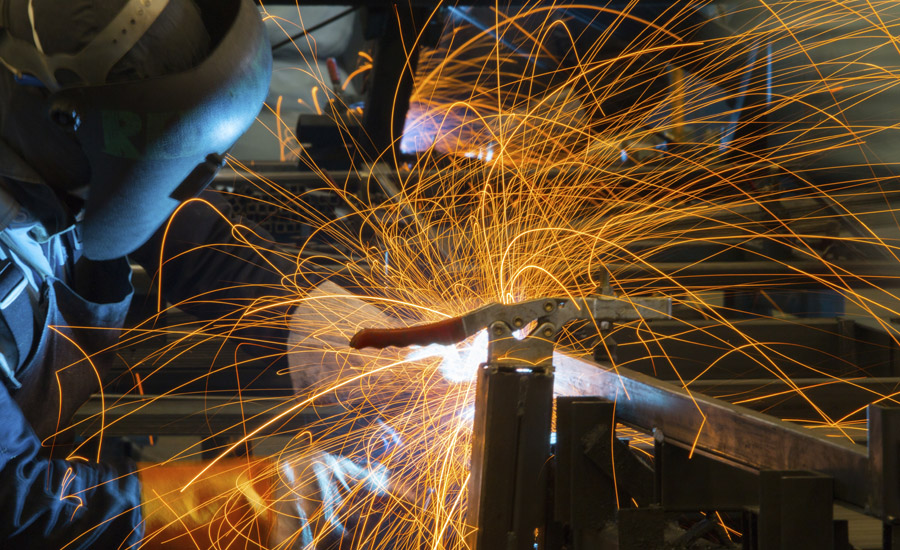Posted with permission from Confined Space, a newsletter of workplace safety and labor issues.
No matter how terrible an incident, no matter how many workers are injured or killed, there are a few constants you can always depend on.
- The employer will express sorrow and heartbreak at the terrible tragedy. The worker was part of the corporate family. And they will promise to do better next time.
- The employer will claim that they are actually running a very safe workplace with an excellent safety program, despite the blood and bodies.
- The employer will attempt to blame the workers, despite clear violations of the law.
We’ve seen all of this play out recently in a particularly disturbing way at Fraser Shipyards in Wisconsin, as described in an excellent investigative piece by Brady Slater of Forum News Service:
Burch would be alive today if he had been wearing flame resistant clothing, required by OSHA, instead of a jacket and cold-weather coveralls that were “allowed to have holes and frayed fabric.” Fraser should have known this. OSHA has made it very clear that fire-resistant clothing is required during welding work.
But as most companies do following a tragedy (see above), Fraser claims they’re doing a superb job.
And, of course, we also have the old employer stand-by: When all else fails, blame the worker for his own injury or death (see above.)
But not so fast.
OSHA issued a $12,548 penalty to Fraser for Burch’s death, later reduced to $7,530. This was not Fraser’s first OSHA citation. In fact, the shipyard has been cited 19 times since 1972. The most recent (before Burch), was just last year and amounted to almost $1.4 million in fines for knowingly overexposing workers to lead, asbestos and a number of other hazards. Overexposure to lead can cause brain damage, kidney disease and other problems. That was one of OSHA’s largest recent cases and in a press release, OSHA’s Assistant Secretary, Dr. David Michaels noted that Fraser knew about the lead exposure, but was unsafely rushing the job because they had signed a contract requiring the company to get the vessel back in service before the summer iron ore shipping season:
Even faced with 75% of tested employees showing elevated blood lead levels, Fraser CEO Farkas insisted that the company had a serious safety program:
Despite their protestations, that citation landed Fraser on OSHA’s Severe Violator list, which results in increased OSHA oversite. Fraser eventually reached a settlement with OSHA, reducing the penalty and promising to clean up their act. But whatever they promised, it wasn’t enough to save Joseph Burch’s life.
But the sad fact is that workers need jobs — even unsafe jobs — to feed their families. And then hope for the best:
Won’t get fooled again? We’ll see. Slate notes that Fraser’s environmental health and safety manager, Clyde Gruebele, told the OSHA investigator, “Holes in clothing is (the) nature of the business.”
So how confident can we be?
Click here to visit Confined Space.


